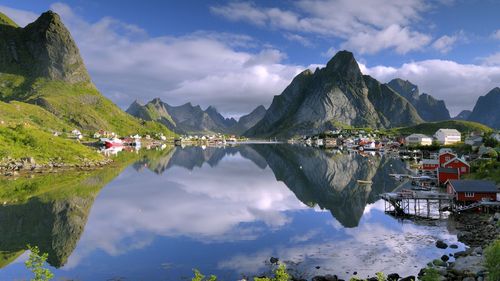Philippine popular culture is colorful and vibrant, reflecting the rich history and diverse traditions of the archipelago. From traditional customs to modern trends, popular culture plays a significant role in shaping Filipino society, identity, and way of life. In this article, we will explore the 5 categories of Philippine popular culture, including literature and film, to give you a glimpse of what makes Filipino culture unique and fascinating.
1. Traditional Folklore and Mythology
Traditional folklore and mythology are part of the oral storytelling tradition in the Philippines. These stories are passed down from generation to generation and often reflect moral and spiritual beliefs. The Philippines has a rich tradition of mythical creatures like tikbalang (horse-human hybrid), aswang (shape-shifting monster), kapre (giant tree-man), and many more. These creatures often symbolize good or evil forces and have a profound impact on Filipino culture.
2. Music and Dance
Music and dance are integral parts of Philippine culture, reflecting the country’s rich history and diverse ethnic groups. Traditional Filipino music is often accompanied by traditional instruments like kulintang (gongs), kudyapi (guitar-like string instrument), and rondalla (string ensemble). The Philippine folk dance, like tinikling (bamboo dance), is a popular traditional dance that showcases the grace and skill of the Filipino people.
3. Visual Arts
Visual arts are prevalent in the Philippines, ranging from traditional tribal art to contemporary street art. Some of the most famous Filipino artists include Fernando Amorsolo, Juan Luna, and BenCab. The country also has a rich tradition of weaving and textile art, which is often showcased in clothing and handicrafts.
4. Cuisine
Philippine cuisine is an essential part of the country’s popular culture. It reflects the diverse cultural influences, including Chinese, Malay, and Spanish. Some famous Filipino dishes include adobo (meat stew), sinigang (sour soup), lechon (roasted pig), and halo-halo (mixed fruits and shaved ice dessert). Filipino cuisine is known for its bold flavors and combinations, making it a unique fusion of different cultures.
5. Literature and Film
Philippine literature and film are highly regarded worldwide, with renowned authors and directors making their name in the industry. Some famous Philippine literary works include “Noli Me Tangere” and “El Filibusterismo” by Dr. Jose Rizal and “The Woman Who Had Two Navels” by Nick Joaquin. Philippine cinema has also produced many critically acclaimed films, including “Himala” by Ishmael Bernal and “Crying Ladies” by Mark Meily.
Conclusion
Philippine popular culture is diverse, vibrant, and reflective of the country’s rich history and traditions. From traditional folklore to contemporary literature and film, Philippine popular culture is a tapestry of different influences that make it unique and fascinating. Understanding and appreciating Filipino culture and heritage is vital in promoting unity, respect, and pride in one’s roots.
(Note: Do you have knowledge or insights to share? Unlock new opportunities and expand your reach by joining our authors team. Click Registration to join us and share your expertise with our readers.)
